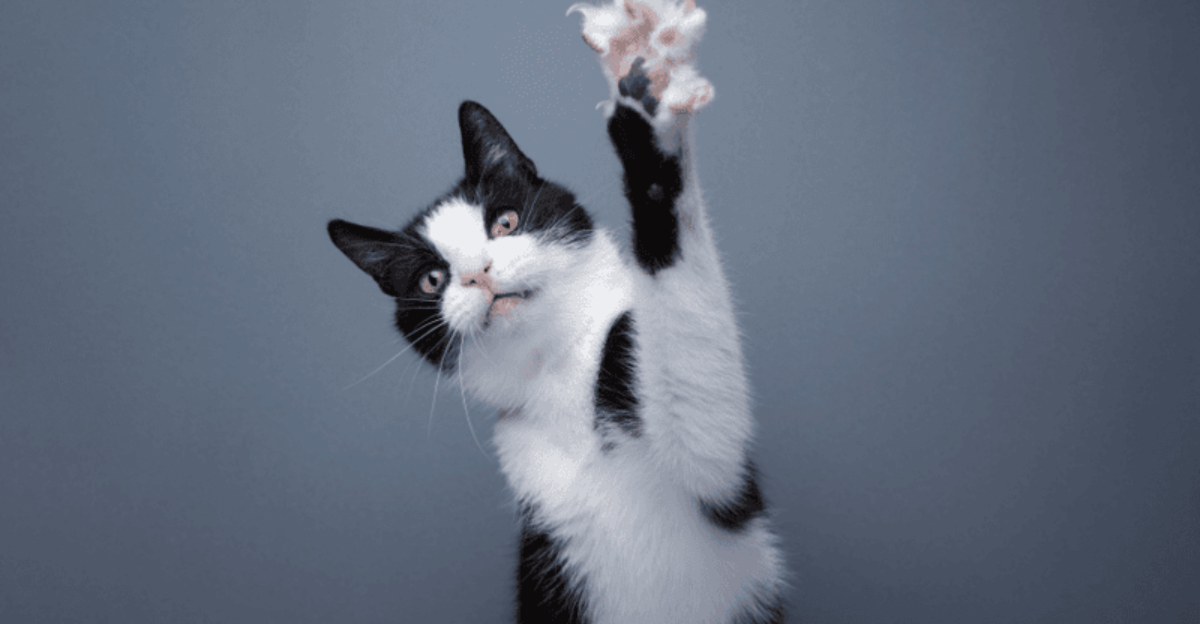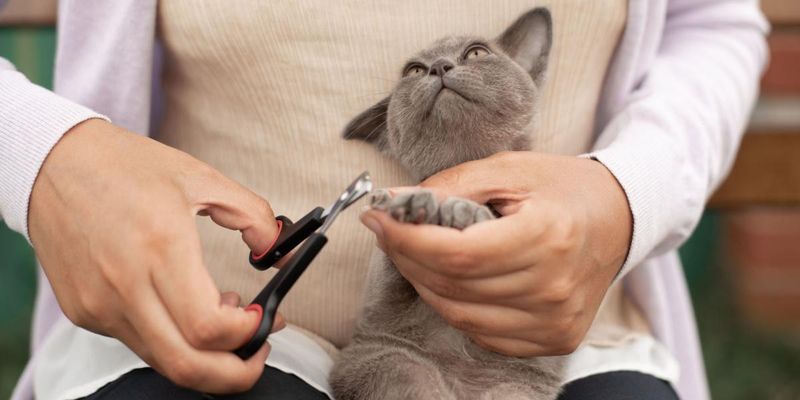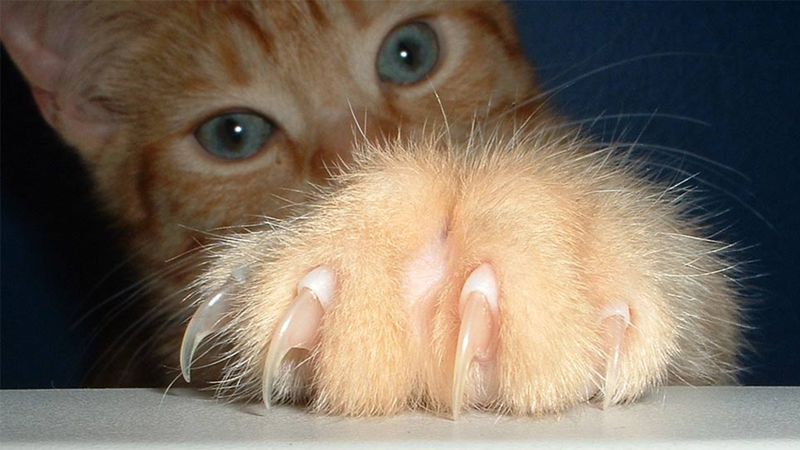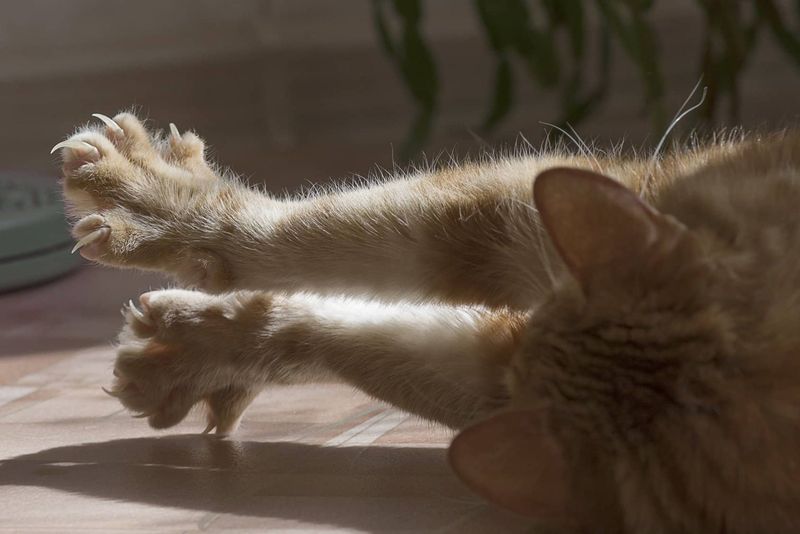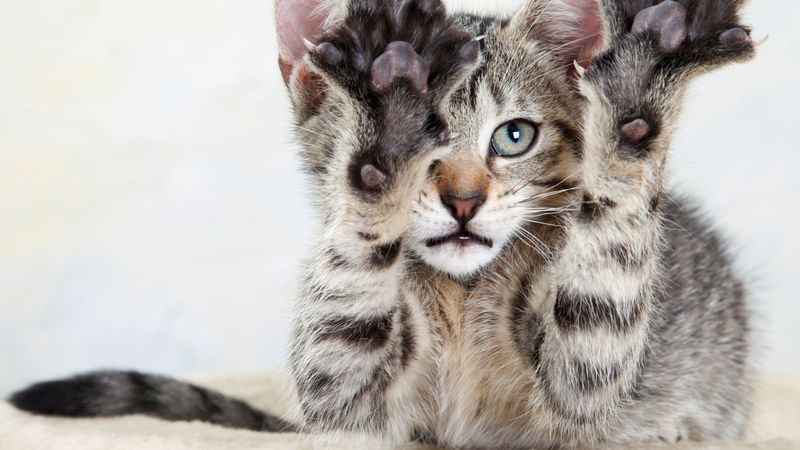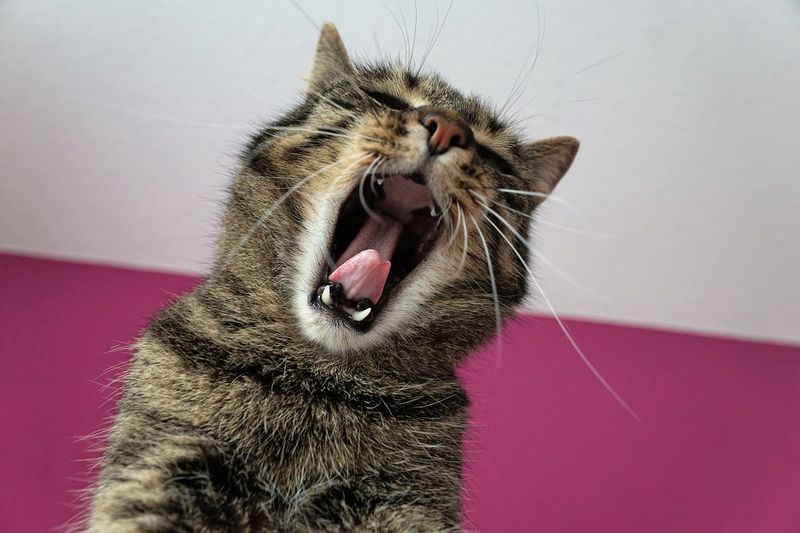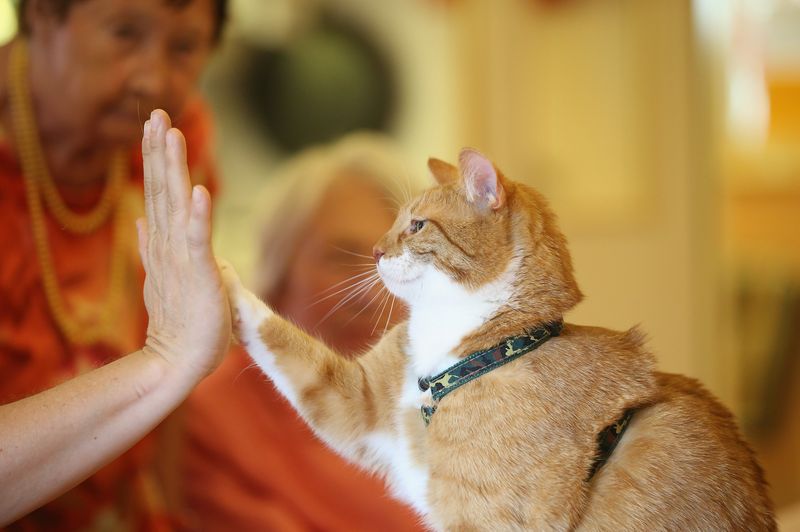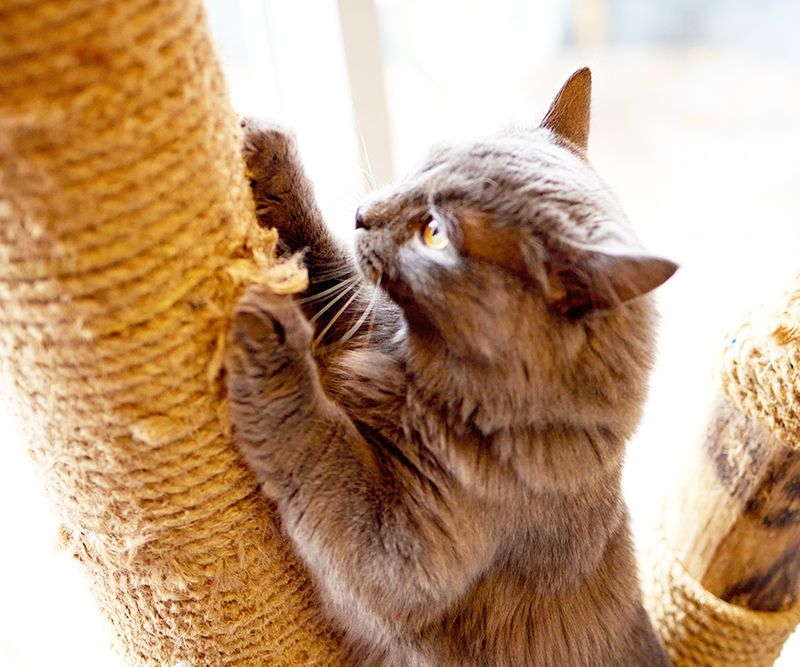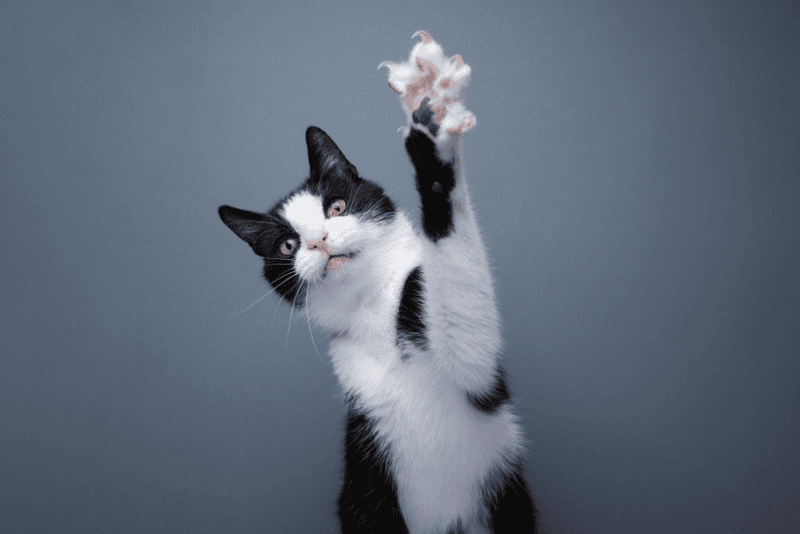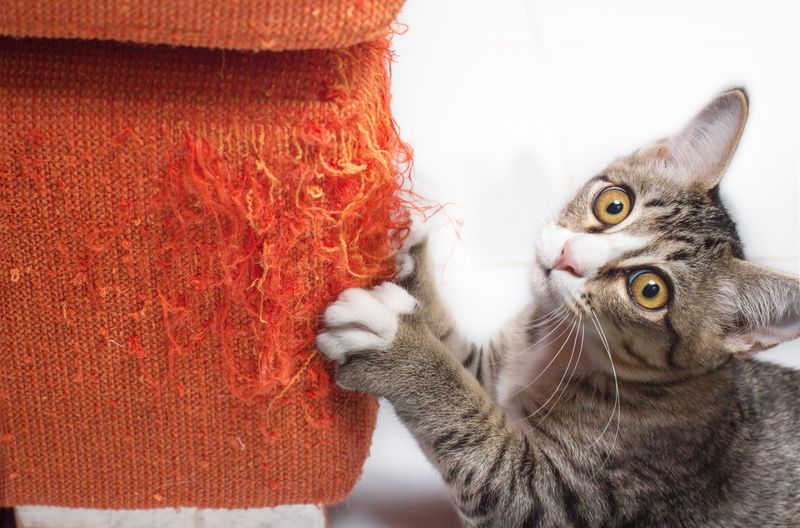📖 Table of Content:
- 1. It’s Not Just a Nail Trim — It’s Amputation
- 2. It Causes Severe Pain
- 3. It Can Lead to Behavioral Problems
- 4. It Removes Their Primary Defense Mechanism
- 5. It Can Alter Their Natural Movement
- 6. It May Lead to Chronic Pain
- 7. It’s Banned or Condemned in Many Countries
- 8. Scratching Is a Natural and Healthy Behavior
- 9. It Breaks the Trust Between You and Your Cat
- 10. There Are Safe and Effective Alternatives
Declawing a cat may seem like a simple solution to scratched furniture or accidental injuries, but the truth behind the procedure is far more serious than most people realize. Often mistaken for a harmless nail trim, declawing is actually a form of amputation that removes the last bone of each toe. While it may appear to offer convenience for pet owners, it comes at a significant cost to a cat’s physical and emotional well-being.
This controversial practice has sparked strong opposition from veterinarians, animal welfare organizations, and lawmakers worldwide. Declawed cats often suffer from lasting pain, behavioral changes, and a loss of their natural instincts, all of which can diminish their quality of life. In fact, many countries and U.S. cities have banned the procedure entirely, recognizing it as inhumane and unnecessary.
If you’re a cat owner—or considering becoming one—it’s important to understand the long-term consequences of declawing before making any decisions. There are numerous humane alternatives that protect both your belongings and your pet’s health. In the sections below, we’ll explore the top 10 reasons why declawing should never be an option for responsible, loving pet guardians.
1. It’s Not Just a Nail Trim — It’s Amputation
Contrary to what many believe, declawing isn’t a simple or cosmetic procedure. In fact, it involves surgically removing the last bone of each toe on a cat’s paw. Imagine losing the tips of your fingers at the knuckle—that’s the human equivalent. This amputation permanently alters the structure of a cat’s paw. Veterinarians perform it under anesthesia, but the trauma doesn’t stop once the cat wakes up. Recovery can be slow and painful, often involving bandages, infection risk, and mobility issues. Describing it as a “nail trim” is not only misleading—it’s dangerous misinformation. It’s essential that pet owners know the full extent of what declawing truly means.
2. It Causes Severe Pain
Pain is an unavoidable reality after declawing. Although cats may not cry or whimper like dogs, they express discomfort in subtle, heart-wrenching ways. Post-operative pain can include throbbing, limping, and an unwillingness to walk or jump. Even with pain medications, many cats suffer silently through weeks of distress. Unfortunately, some cats never fully recover and experience chronic pain for the rest of their lives. Over time, this can manifest in behaviors like hiding, mood swings, or excessive grooming. Their quiet suffering often goes unnoticed by well-meaning owners. But make no mistake—declawing hurts.
3. It Can Lead to Behavioral Problems
Behavioral issues often emerge after a cat has been declawed. Since scratching is a key stress-relief tool for cats, its removal can cause emotional turmoil. You might notice your cat becoming more aggressive or anxious. Litter box problems, such as urinating outside the box, are especially common due to the pain of digging. With their claws gone, cats may resort to biting as a primary means of defense. Once-trusting cats can become fearful or even hostile. These changes not only harm the cat’s quality of life but also damage the bond between pet and owner. What seemed like a quick fix becomes a long-term behavior problem.
4. It Removes Their Primary Defense Mechanism
Without their claws, cats are stripped of their most essential survival tool. Whether fending off predators or asserting boundaries with other animals, claws play a vital role. Should a declawed cat accidentally slip outdoors, it is at a severe disadvantage. It can’t climb, defend itself, or escape danger effectively. Even indoor cats need claws to manage interactions with other pets. A swipe can be a warning—a bite, however, can escalate conflicts. Removing claws leaves cats vulnerable and anxious. It’s a life without safety, and they know it.
5. It Can Alter Their Natural Movement
Everything about a cat’s walk relies on the structure of its toes. Declawing alters this anatomy, shifting weight distribution and straining joints. Gradually, this can lead to limping, stiffness, and long-term arthritis. Cats may move differently to compensate, affecting their balance and agility. Their usual grace and confidence disappear over time. Older declawed cats especially suffer from joint pain and decreased mobility. Even young, active cats might avoid playing or jumping after surgery. A cat’s natural movement deserves to be preserved—not disrupted for convenience.
6. It May Lead to Chronic Pain
Persistent pain is one of the worst outcomes of declawing. Some cats develop neuromas—painful nerve endings that form where the bone was removed. These nerve twinges can cause sudden, unpredictable discomfort. Cats might flinch, lick excessively, or avoid being touched. Unlike temporary post-surgery pain, this can last for years or even a lifetime. Cats aren’t capable of telling us what hurts, but their behavior speaks volumes. They may retreat into themselves, becoming less social or affectionate. Chronic pain turns vibrant cats into shells of themselves.
7. It’s Banned or Condemned in Many Countries
Globally, many countries recognize declawing as inhumane and unnecessary. Nations like the UK, Australia, and Germany have outright banned the practice. These laws exist to protect cats from suffering caused by non-essential surgeries. Veterinary associations across the world discourage or condemn declawing. Several U.S. states and cities, including New York and Los Angeles, have also passed legislation against it. When laws align with compassion, it’s a clear signal to re-examine outdated practices. If much of the world views declawing as cruelty, why should we accept it? Legal status isn’t just policy—it reflects evolving standards of animal care.
8. Scratching Is a Natural and Healthy Behavior
Scratching isn’t bad behavior—it’s biology. Cats scratch to stretch, mark territory, and maintain healthy claws. They enjoy the action and the routine of it. It’s deeply ingrained in their instincts and plays a role in both physical and emotional health. By removing this outlet, you rob them of essential self-care. Instead of adapting your home to your pet, you alter your pet to fit your furniture. That trade-off is unfair and harmful. Supporting natural behavior is a key part of responsible pet ownership.
9. It Breaks the Trust Between You and Your Cat
Alternatives to declawing are both plentiful and humane. Regular nail trims keep claws short and blunt. Soft nail caps (like Soft Paws) can cover claws to prevent damage. Providing scratching posts and surfaces helps direct their energy appropriately. Deterrent sprays and double-sided tape can keep them away from off-limits furniture. Cats are highly trainable when given proper tools. A little patience and consistency go a long way. Protecting your furniture shouldn’t come at the cost of your cat’s health.
10. There Are Safe and Effective Alternatives
Trust takes time to build, but it can be shattered in moments. Cats may associate the pain of surgery with their human caregivers. This breach of safety can result in withdrawal, fear, or resentment. Where there was once affection, suspicion can take root. Even if done with good intentions, declawing sends a confusing message. Your cat relied on you for protection, not harm. Healing from emotional damage is harder than healing physical wounds. Respecting your cat’s body helps preserve the bond you share.
